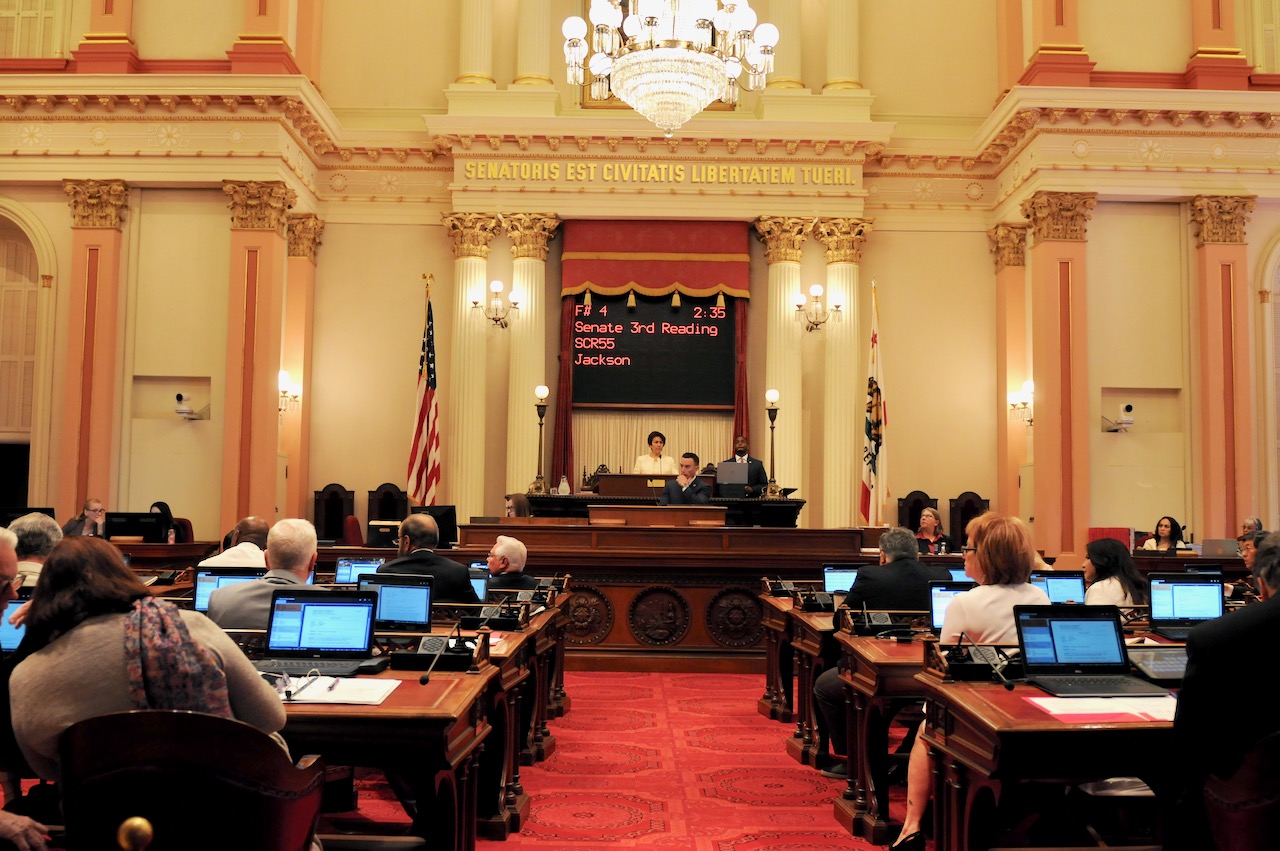
Law Library - Old Law Books. (Photo: jjphotos, Shutterstock)
Active v. Passive Voice in Legislation
Existing California statutes throughout the 29 Codes will be revised or modernized to reflect the active voice
By Chris Micheli, October 13, 2022 3:26 pm
In California, bill drafters are instructed to use the active voice, rather than the passive voice. This is a change in the historical manner of drafting that previously included lots of passive voice language in state statutes.
As a result, many examples of the passive voice remain in California statutes. As bills in the Legislature amend state statutes, the Office of Legislative Counsel will update those code sections to reflect the active voice.
The following examples of passive versus active voice changes to state statutes are contained in bills recently sent to the Governor’s Desk for final action:
…provide comments to the department on all proposed projects funded from the Big Game Management Account to help ensure that the requirements of this section have been are met.
Nothing in this chapter shall This chapter does not restrict, limit, or prevent any a person licensed to provide health care services under the laws of this state, including, but not limited to, licensed physicians and surgeons and registered nurses, from practicing the profession or occupation
In no event shall the The admission of nonresident students shall not come at the expense of resident enrollment.
That fee is to shall be included in the FTES adjustments described in Section 76300 for purposes of computing apportionments.
The following definitions shall apply:
This section shall not be construed to does not alter the scope of practice.
Slowly, but surely, existing California statutes throughout the 29 Codes will be revised or modernized to reflect the active voice.
- Location of a Missing Party in Child Custody Cases - December 31, 2025
- Valuation for Eminent Domain - December 31, 2025
- Third Quiz on Where Areas of Law Are Found in the California Codes - December 30, 2025





One thought on “Active v. Passive Voice in Legislation”